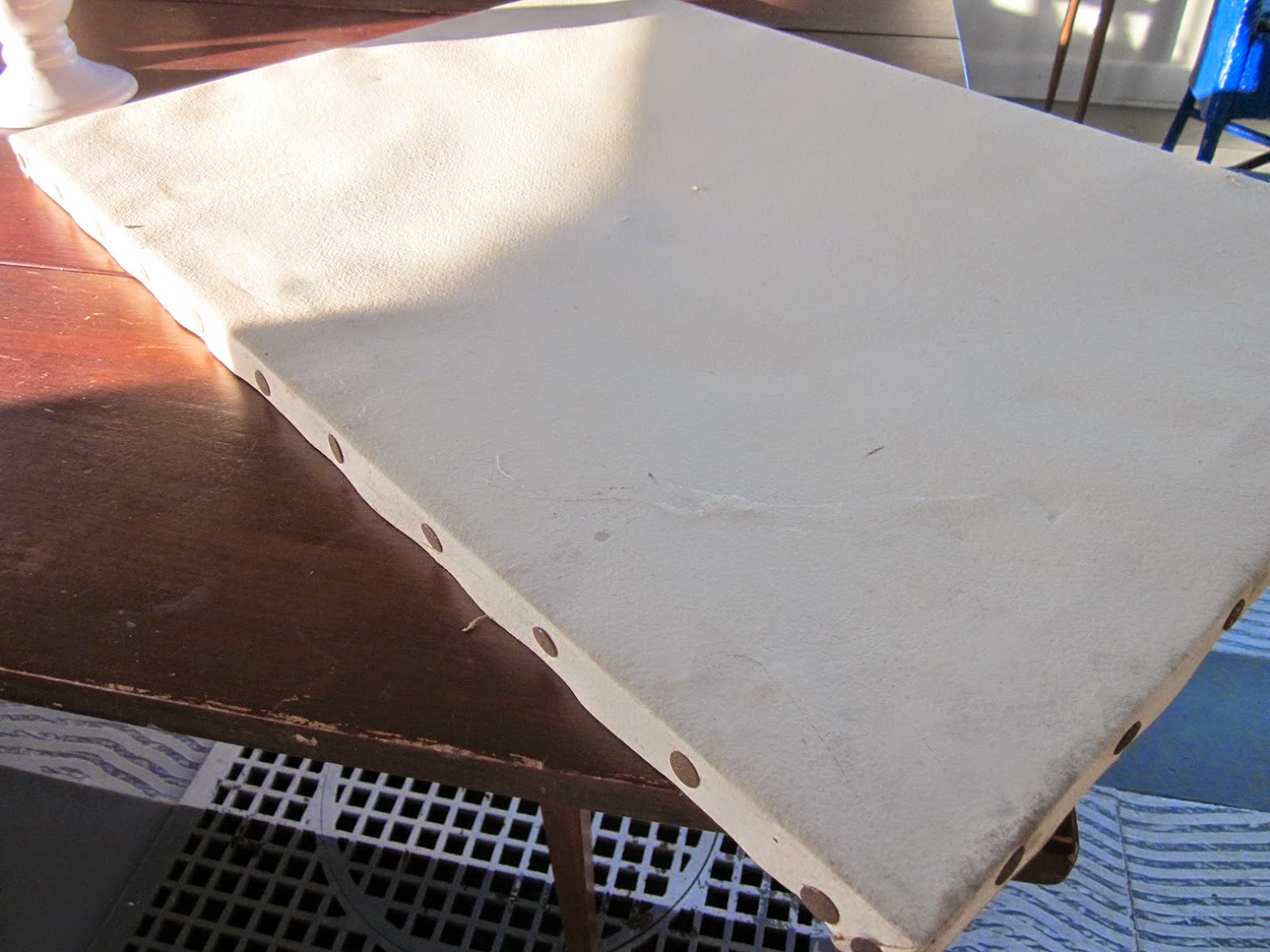If Watercolor Doesn't Kill You It Will Make You Stronger, Part Two- Edward Hopper
One of the three American watercolorists I'm going to be talking about this coming week when I give a talk to the Baltimore Watercolor Society is Edward Hopper. The example of his works was my greatest teacher when I was a young artist.
There he is above giving the camera his typically gruff demeanor. Behind him looms the studio in Truro, MA on Cape Cod that he and his wife Jo lived in for half of each year for some thirty years.
Below is a watercolor he made of Jo as she sat drawing on a chest in front of the studio's 10' tall north-facing window seen in the photo above. (During one of my 15 residencies in Hopper's studio I discovered the same chest now resides in the studio's basement).
While not a complete painting his watercolor shows Hopper's characteristic love of clearly defined spaces with solid forms bathed under a strong light.
Here's yours truly sitting in front of the same window last fall. The individual panes of glass had to be replaced, but the feeling of the space is just as Hopper showed us.
In 1931 Hopper found this view about a half mile south of where he would build his studio. His watercolor Roofs of the Cobb Barn puts his radical selectivity on full display.
It's a masterful rearrangement of his darks and lights. The main story was heightening the drama of the irregular diagonal roofs. So Hopper reserves his lightest tones and most cool colors for them alone. Always as a painter I have to temporarily forget what I am painting to better focus on how it is to be painted- often these questions are answered by looking at the image up-side-down.
Look at how he maneuvers his darkest darks to be right next to the highlighted roofs. Further still, how Hopper subtlely darkened his sky.
The very first Hopper watercolor I saw in the flesh is this crisp painting, a view of Gloucester, MA that's now in the Wichita Art Museum. To me it seems he painted a stand off between the imposing white house and the prominent telephone pole. You can read my thoughts on its composition in a short blog post I wrote here.

Adams House, 1928
One of the things I so love about Hopper is how he realized how much more unexpected and even strange reality can be. Here's a totally wild watercolor that Hopper made in Vermont. He fell in love with the silhouette of this insanely steep hill and wanted his painting to convey that feeling.
Bob Slater's Hill, 1938
So he reserves all the cool blues to only the far distance- they serve to push the warm hillside forward as if into our faces. Within the hillside he gives us a whole world of warm greens. He lightens up the individual shadows each tree casts because he doesn't want dark shadows to break up the massiveness of the hill.
I learned about this painting from the author Bonnie Clause. She's done extensive research on the little-known time Hopper spent in Vermont painting landscapes. My wife and I made to trip a couple of years ago to a show of Hopper's Vermont watercolors Bonnie helped to make happen at Middlebury College Museum of Art. I recommend her website and her book.
One of the great privileges I've enjoyed during my residencies in Hopper's Cape Cod studio is studying his tools and materials. Hopper, always the craftsman, insisted his watercolors remain completely wrinkle free. He would stretch his watercolor paper around wood stretcher bars and hold it in place with thumb tacks. Here's a sheet of paper he stretched that is in his studio waiting patiently for his return so it can be turned into a painting.

He would paint on the paper while it was stretched over the stretcher bars. To keep sunlight from shining through from the back side of the paper he tacked on old sports sections from the New York Times.

I'll have a blog post concluding this series on watercolor by looking at the work of Charles Burchfield on Tuesday, May 5.








